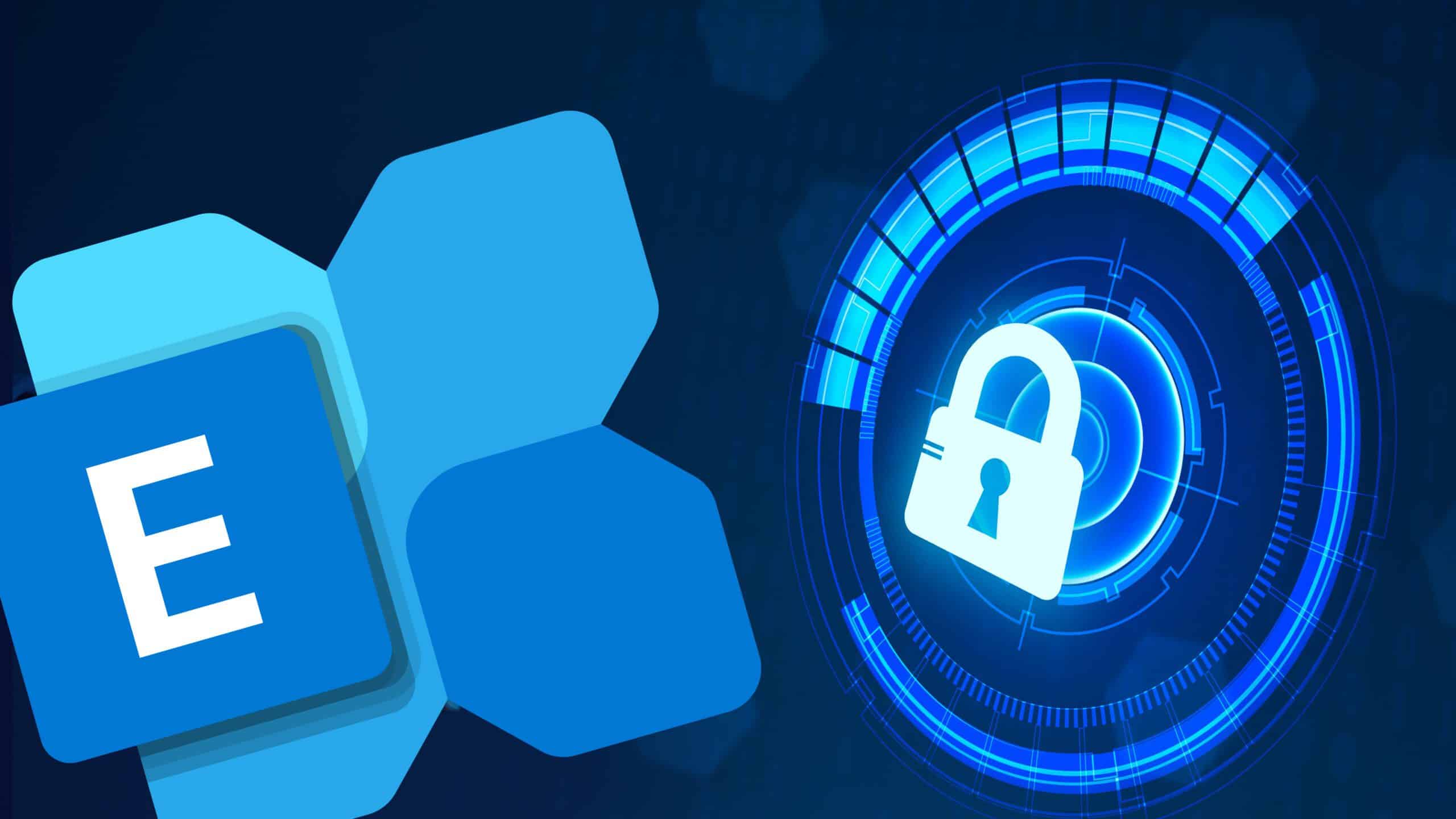Crafting a Resilient Ransomware Response Plan
How can you secure your organization from 2022’s “greatest business threat“? With a robust, fool-proof and tested plan. However, designing a ransomware incident response plan can be a daunting task, especially if you’re not sure where to start. In this article, we’ll outline 5 steps with key pointers and best practices for creating an effective ransomware response plan that is tailored to your organization’s specific needs.
Step 1: Assess Risks | Validate Attack
Long-term: Assess Risks
Before you can begin building your ransomware response plan, you first need to assess your organization’s risks and vulnerabilities. Conduct a thorough risk assessment and threat analysis.This includes understanding the types of ransomware attacks that are most likely to occur, as well as identifying which systems and data are most at risk. This will help you understand the potential impact that a ransomware attack could have on your organization, as well as identify any possible vulnerabilities or weaknesses in your existing security measures.
Short-term: Validate Attack
Validate that an attack is actually happening. There are a variety of malware – phishing, adware, or other malware infections that exhibit ransomware-like symptoms, such as strange file extensions, unusual emails or files, or system slowdowns. Proceed to the next steps if the two telling signs of ransomware are verified – your files are encrypted or locked.
Step 2: Mitigate Risks | Contain Attack
Long-term: Mitigate Risks
Once you have assessed your organization’s risks and vulnerabilities, it’s time to start mitigating them. This may include implementing additional security measures, such as firewalls, intrusion detection/prevention systems (IDS/IPS), and anti-virus software. It’s also important to make sure that your employees are properly trained in how to identify and respond to ransomware attacks.
Short-term: Contain Attack
If you determine that an attack is in progress, it’s important to take steps to contain it. This may involve isolating infected systems, disabling network access from affected systems, quarantining infected files, and contacting law enforcement for assistance.
Step 3: Respond to Attack | Recover Data
Long-term: Respond to Attack
Once you have contained the ransomware attack, it’s time to start responding to it. This may include restoring systems and data from backup, removing ransomware infections, or contacting law enforcement. It’s important to have a well-defined Incident Response Plan (IRP) or a Business Continuity and Disaster Recovery plan (BCDR) in place so that you can respond quickly and effectively to a ransomware attack. CIOs, CSOs, and IT managers outline processes that help their organization prepare for and recover from disruptive events.
The BCDR/IRP should include detailed step-by-step instructions on how to respond to different types of ransomware attacks, as well as contact information for key personnel who will be responsible for managing the response.
An essential part of a BCDR plan is detailing a backup and recovery solution and process. Backup can provide a failsafe recovery path for your data. This mitigates the critical danger of the ransomware attack – inability to access your business-critical data. Thus ensuring quick disaster recovery and seamless business continuity.
Short-term: Recover Data and Restore Systems
Once you have contained and responded to the ransomware attack, your next priority will be to restore systems and data as quickly as possible. Depending on the scope of the attack, this may involve restoring data from backup and/or reinstalling affected systems from scratch. If you have followed the 3-2-1 best practice of backups, then your backup should be unaffected – on the cloud or offsite – such that you can restore the “last known good version”. It’s important to work closely with IT staff during this process to make sure that any necessary security patches or updates are applied before bringing affected systems back online.
Step 4: Train Employees | Communicate and Coordinate
Long-term: Train Employees Regularly
Turn your weakest link to your strongest with comprehensive, contextual, and regular cybersecurity training. Gamify and incentivize your training to engage employees. Also, remember to keen it contextual by building governance into your systems such that alerts and red flag checks appear at pertinent times. For instance, on sharing files or folders advise employees to provide minimal access on a strict need-to-know basis.
Short-term: Communicate and Coordinate
As part of your ransomware response plan, it is important to outline clear communication and coordination with all relevant stakeholders throughout the incident response process. This includes working closely with IT teams, security personnel, legal teams, and other key stakeholders both within and outside your organization.
Step 5: Retrospect and Improvise
Long-term: Conduct Ongoing Monitoring and Response Testing
Effective ransomware incident response requires coordination between multiple teams and individuals, both inside and outside your organization. Make sure that everyone involved in the response understands their roles and responsibilities, and that there is a clear chain of command so that decisions can be made quickly and effectively.
Conduct regular testing of your ransomware incident response plan to make sure that it is up-to-date and effective. This will help you identify any gaps or weaknesses in your plan so that you can address them before a real attack occurs. Also, remember to regularly check your backup and recovery plan, so you can be sure of a successful restore when you need one (here are pointers for backup and recovery testing)
Short-term: Retrospect and Analyze
Once the ransomware attack has been contained and dealt with, it is important to take a step back and retrospectively analyze what happened. Performing a post-mortem analysis of a ransomware attack can help your organization learn from its mistakes and improve its defenses against future attacks. This includes understanding how the attack occurred, identifying any weaknesses or gaps in your security posture that may have contributed to the attack, and making recommendations for improvement. This analysis will help you improve your ransomware incident response plan so that you are better prepared for future attacks.
Finally, it is important to continually monitor for new threats and risks related
The Fine Print
It’s important to remember that there is no one-size-fits-all solution to ransomware and that each incident will require a different response. As such, it’s important to be prepared to improvise and adapt your response plan as needed. This may involve working with outside experts, such as ransomware decryption services, to help you recover your data.
It’s also important to keep in mind that ransomware attacks are constantly evolving and that new threats may emerge at any time. As such, it’s critical to continually update your IRP and test it regularly to make sure that it is up-to-date and effective.
Watch how Canada’s fastest-growing MSP recovered from a Christmas day (ouch!) Ransomware attack








